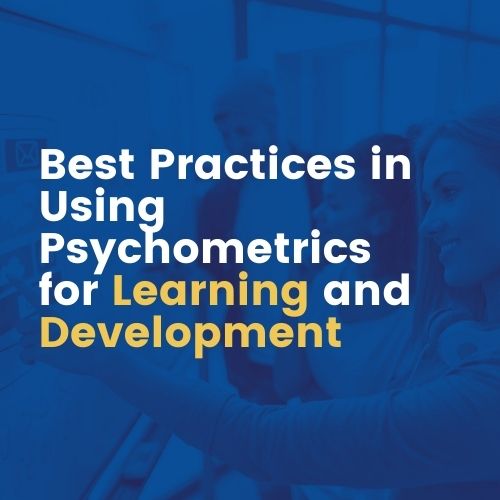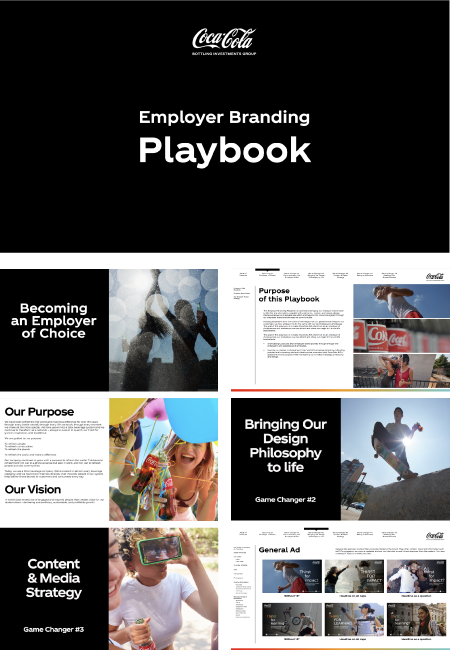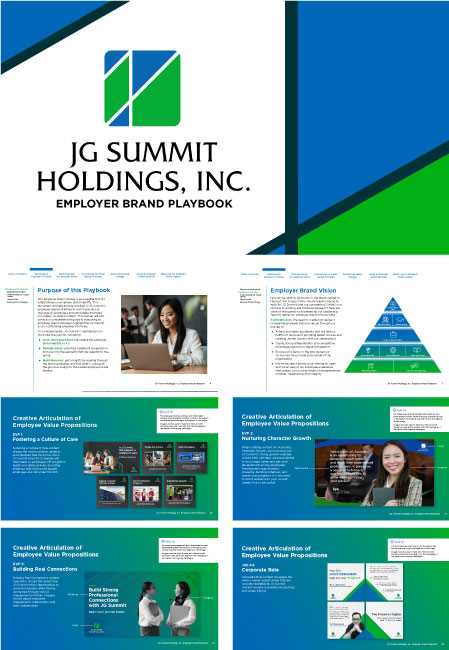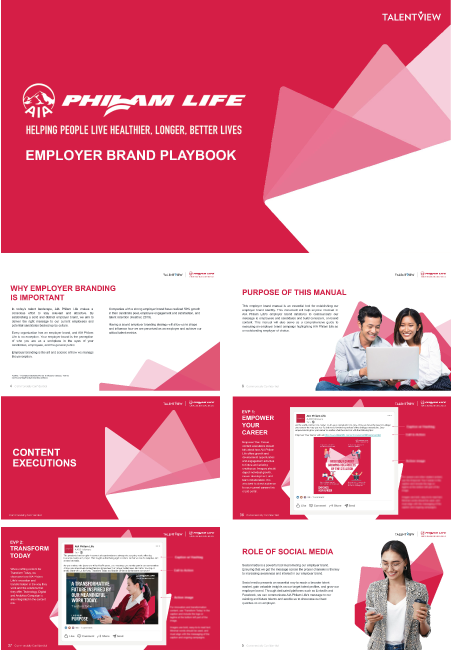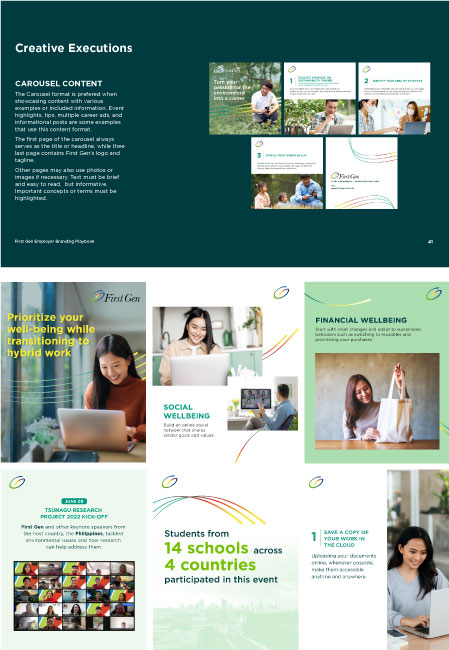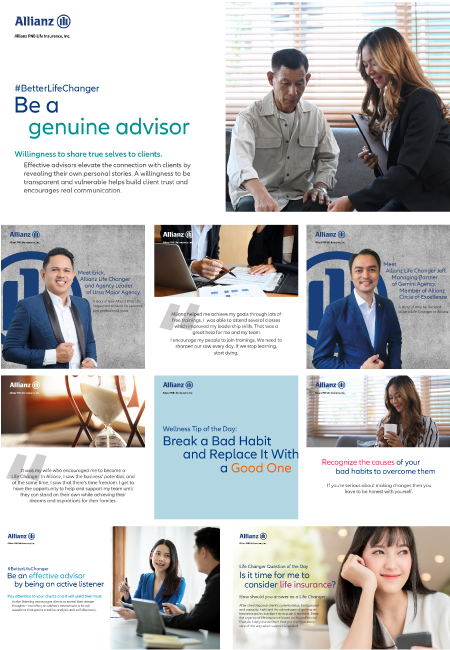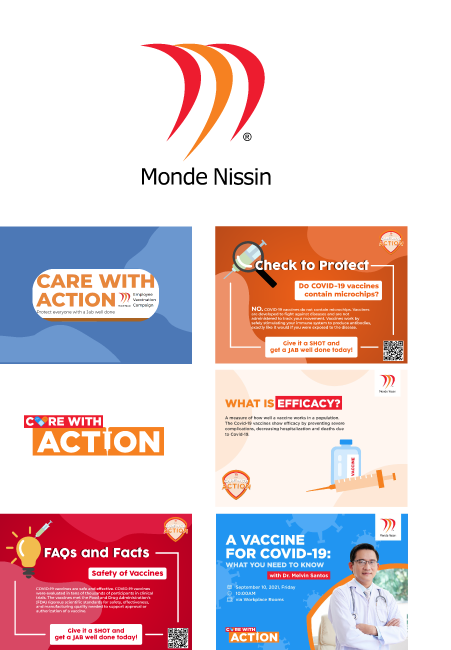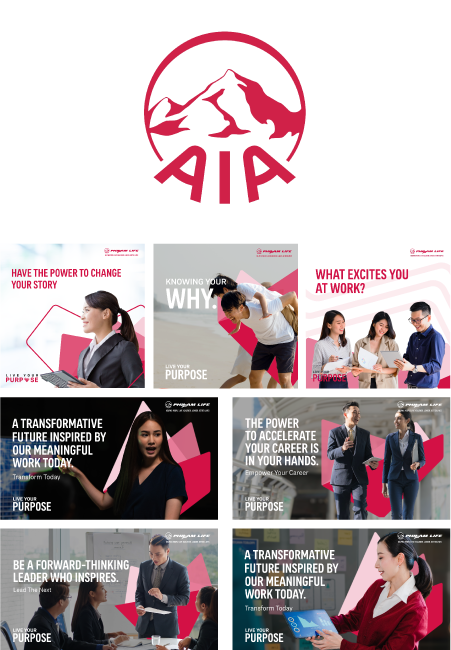Best Practices in Using Psychometrics for Learning and Development
Psychometric tools provide effective results when identifying the actual needs of individuals and teams to further improve their workplace productivity and increase their motivation to do more.
Companies may consider establishing a psychometrics policy to institutionalise the practice in the organisation. This will keep leaders accountable when investing in assessment tools and providing developmental guidance and programmes fit for the needs of improving employees’ performance.
This framework may include the selection of psychometric tools, qualification of coaches, guides for scoring and interpretation of data, as well as the handling of reports. The guidelines below present the best practices to include when creating a psychometrics policy for providing well-built learning and development (L&D) plans using psychometrics in three stages: before, during, and after development.

Identifying objectives. Considering objectives before coaching ensures alignment of the assessment with the organisation’s goals. Nevertheless, L&D programmes must always include the goals of either the individual or the team.
Understanding the employee.
Choosing appropriate psychometric measures should be preceded by the needs and goals of the employee. Factors to be assessed include the employee’s current role and responsibilities, as well as their readiness for development.
Choosing psychometric tools.
Managers must consider planning and allocating budget for obtaining psychometric tools that are reliable, valid, and fair.
Preparing the tools.
Participants of the assessment should understand what will happen and what to do during the assessment. Managers may consider providing planning and awareness sessions before conducting psychometric measures. Further, managers should also consider how the feedback will be provided and handled.

Introducing psychometrics.
It is important to provide the objectives and the goals of the assessments both to the coaches and the employees. Managers should reiterate the importance of these sessions as part of providing learning and development L&D programmes for employees.
Presenting results.
Coaches may select a feedback structure that works best for the recipients of the feedback. Nevertheless, the coach has to be professional, considerate, empathetic, objective, and challenging. In revealing the results, coaches may discuss the implications of the results and how they will influence future development plans for the employee. It is recommended that the results are contextualised with the daily challenges of the employee.
Identifying developmental areas.
Psychometric tools help managers understand more the participant, identifying key improvements that the employee needs to work on.
Planning action.
The assessment data provides managers with insights on creating an effective action plan in addressing identified key improvement areas.
Debriefing.
The coach should debrief the employee on the summary of major points of discussion and planned actions. Debriefing sessions should be done with confidentiality.

Being available.
Managers should guide employees when they still have further queries or concerns following L&D programmes provided to them based on the results of the assessments.
Supporting progress.
It is essential to monitor progress towards delivering the action plans. It should be noted that behavioural change is difficult and individuals need support, encouragement, and guidance in making progress.
Evaluating the impact of assessment.
After providing appropriate L&D initiatives, coaches must evaluate its impact on employee productivity through a follow-up conversation or performance data.
This article first appeared on Talegent website:
http://www.talegent.com/blog/best-practices-in-using-psychometrics-for-learning-and-development/
TalentView is an official partner of Talegent in the APAC region.
DOWNLOAD THE TALEGENT GAMIFICATION ASSESSMENT REPORT

Get the report to see how Talegent can help you using gamification to assess your candidates.
